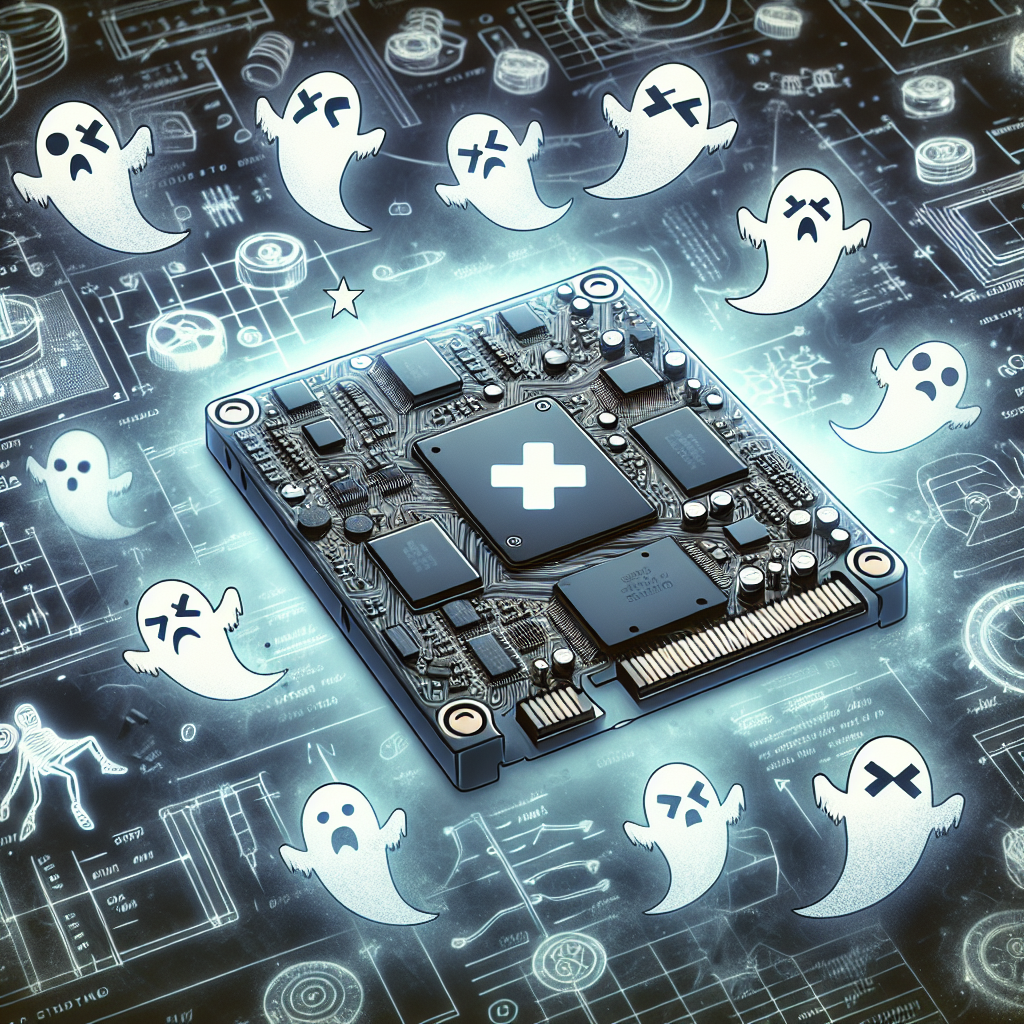SSD Myths Debunked: Separating Fact from Fiction About Solid State Drives
Solid State Drives (SSDs) have become increasingly popular in recent years due to their faster speeds and reliability compared to traditional hard disk drives (HDDs). However, there are still some myths and misconceptions surrounding SSDs that may deter users from making the switch. In this article, we will debunk some of the most common myths about SSDs and separate fact from fiction.
Myth 1: SSDs are less reliable than HDDs
One of the most common myths about SSDs is that they are less reliable than HDDs. This misconception likely stems from the early days of SSD technology when there were issues with durability and lifespan. However, modern SSDs have significantly improved in terms of reliability and durability.
SSDs do not have any moving parts, unlike HDDs, which means they are less susceptible to mechanical failure. Additionally, SSDs have a longer lifespan than HDDs, with many SSDs rated for up to 1.5 million hours of use before failure. This makes SSDs a more reliable option for storing important data.
Myth 2: SSDs are too expensive
Another myth about SSDs is that they are too expensive compared to HDDs. While it is true that SSDs are generally more expensive per gigabyte than HDDs, the gap in price has narrowed significantly in recent years. In fact, the cost of SSDs has been steadily decreasing, making them a more affordable option for consumers.
Additionally, the performance benefits of SSDs, such as faster boot times and quicker file transfer speeds, can outweigh the higher upfront cost for many users. In the long run, investing in an SSD may prove to be more cost-effective due to its improved performance and reliability.
Myth 3: SSDs have limited storage capacity
Some users may believe that SSDs have limited storage capacity compared to HDDs. While it is true that SSDs traditionally have smaller storage capacities than HDDs, this gap has also been closing in recent years. Many SSDs now come in larger capacities, with some models offering up to 4TB of storage.
For users who require even more storage space, there are also options for using SSDs in conjunction with HDDs in a hybrid storage setup. This allows users to benefit from the speed of an SSD for frequently accessed files while still having the larger storage capacity of an HDD for less frequently accessed data.
Myth 4: SSDs require special maintenance
Some users may believe that SSDs require special maintenance or optimization to maintain their performance. In reality, SSDs are designed to be low-maintenance and do not require any special care to function properly. Unlike HDDs, SSDs do not require defragmentation, as the lack of moving parts means that data can be accessed quickly regardless of its physical location on the drive.
Additionally, SSDs have built-in features such as wear leveling and garbage collection to help maintain performance and prolong the lifespan of the drive. These features work automatically in the background, so users do not need to worry about manually optimizing their SSD.
In conclusion, SSDs are a reliable and cost-effective storage option that offers significant performance benefits over traditional HDDs. By debunking these common myths about SSDs, users can make an informed decision when considering upgrading to an SSD for their storage needs.


